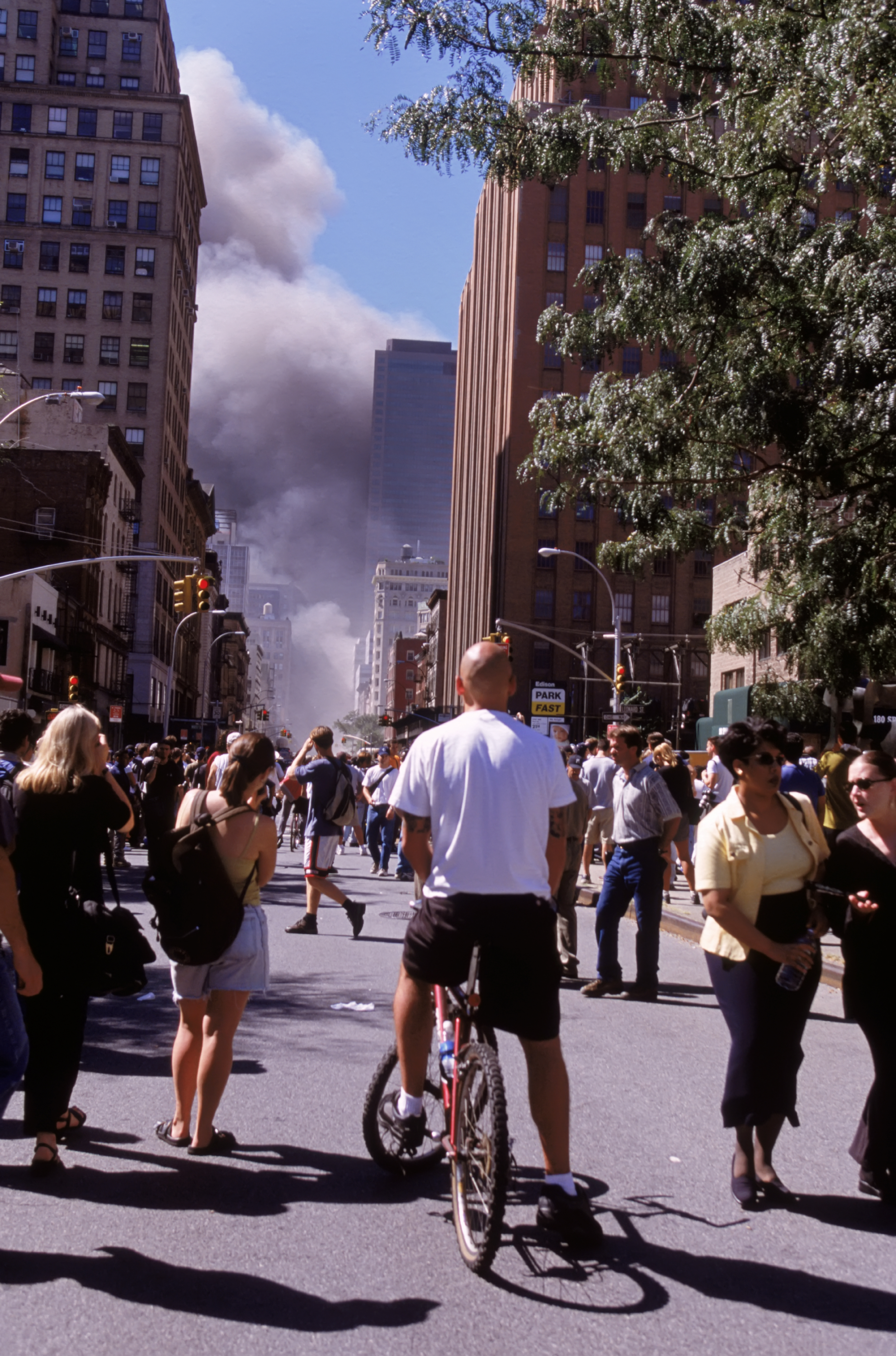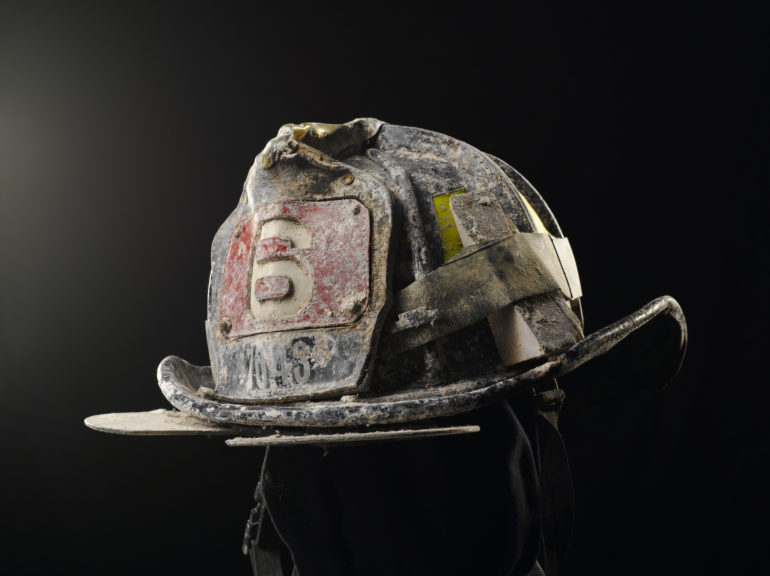Last Updated on 10/01/2020 by Chris Gampat
National Geographic Photographer Ira Block has worked to ensure that we truly never forget 9/11.
“They weren’t panicking,” related photographer Ira Block as we sat in his NYC loft and examined images from 9/11. “They were instead trying to figure out what was going on.” The image Ira is referring to is one very typical of New York. We were all in plenty of shock on 9/11. Everyone was in a state of confusion throughout the day. Said photo, which is the lead image of this story, was shot by Ira while walking down 7th Ave. The photos Ira took were for himself. Though a National Geographic photographer, Ira isn’t a news photojournalist–but he started out as one. To that end, he wasn’t on an assignment that day and the images he shot were just for him.
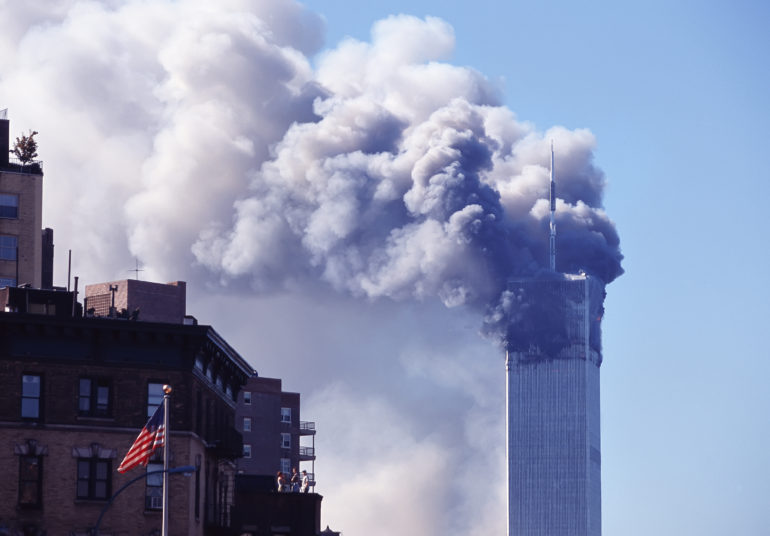
That Unfortunate Morning
On the morning of 9/11, Ira recounts having breakfast with Magnum Photographer David Allen Harvey at a restaurant. During the meal, they began to pay attention to the news on a TV in the restaurant. Curious about what was happening, they started down 7th ave with their cameras. Ira grabbed the longest lens he had, while David had a 35mm lens on a Leica. As they got closer, cops set up barricades and told folks to turn back. It all happened so fast. Ira only had a few photos before everything was covered in smoke. Amongst the confusion, Ira found another photographer from AP who was shooting digital at the time. That photographer was sitting on the street, uploading images to his laptop and trying to send them to his editor. With internet connections being what they were back then, we’re sure the transmission wasn’t the best. Back then, the internet mostly relied on telephone lines (it was called dial-up). But the lines were so misconstrued that Ira and his wife couldn’t contact one another. “She was at the gym on Chelsea piers and saw both towers get hit,” Ira explains about his wife.
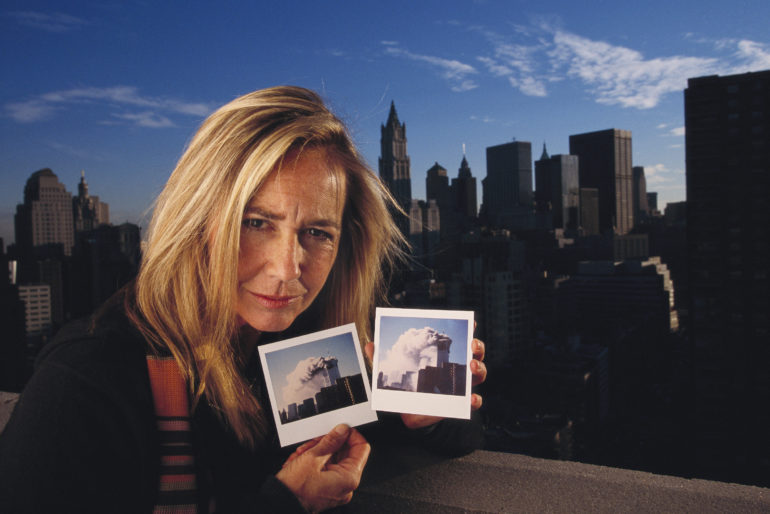
Trying to wrap his head around the situation was difficult for Ira, as it was for many New Yorkers. He initially thought a little private plane had crashed into the World Trade Center. But when the buildings began to collapse, he was utterly shocked. “Emotionally speaking, I wasn’t trying to get in,” relates Ira about the situation. “This is my home, and I was trying to figure out what was happening. I wasn’t a news photographer, and I wasn’t going after breaking news stories.” After it was all over, he was able to center himself and document the process afterward.
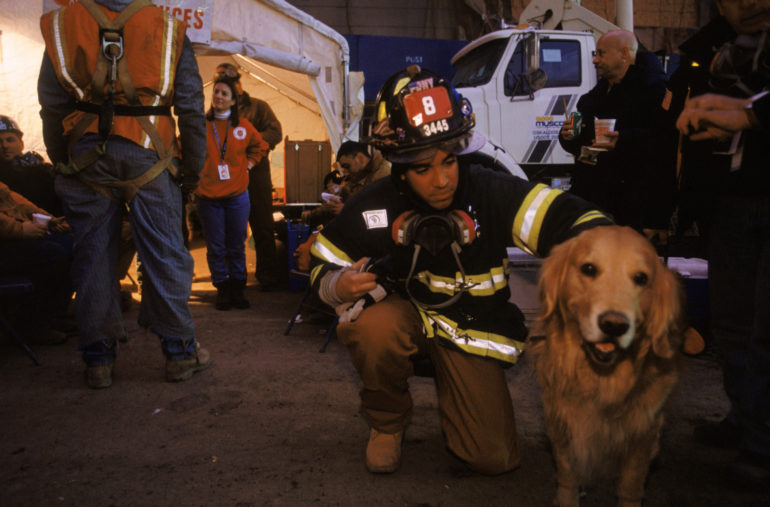
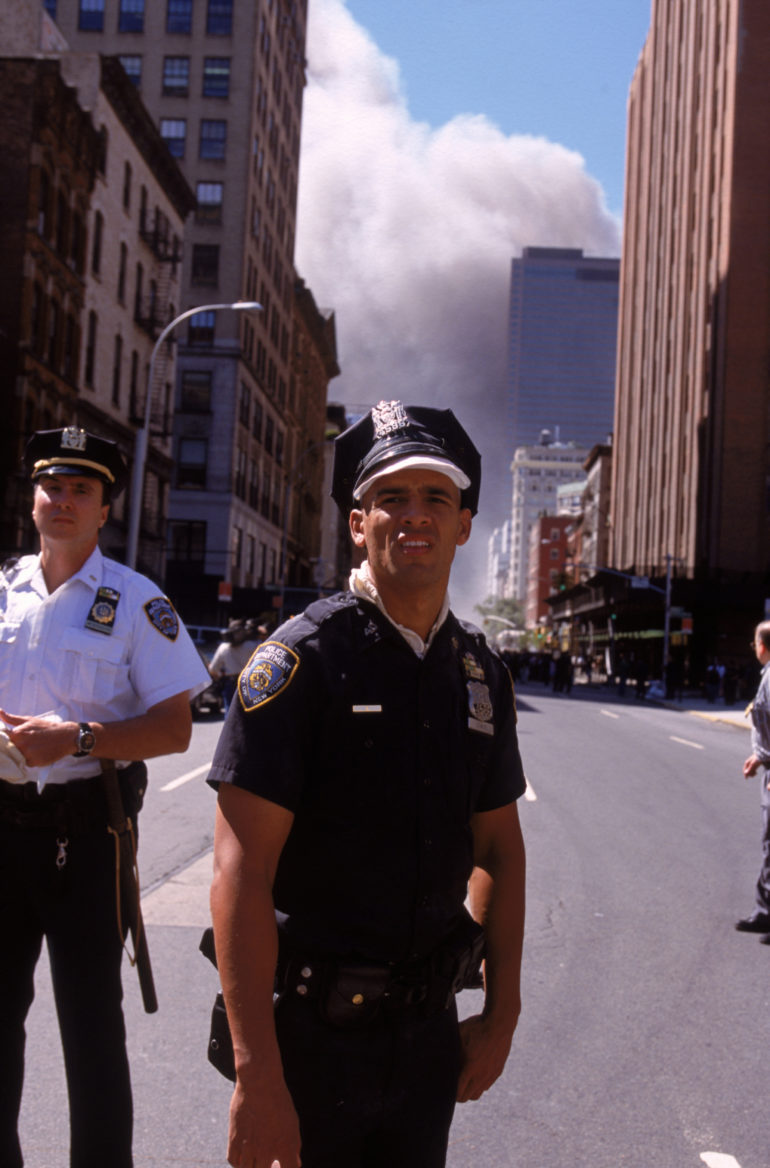
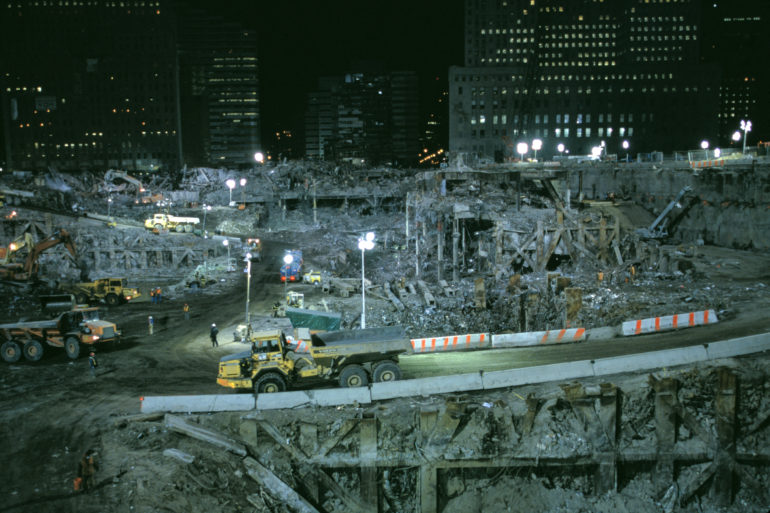
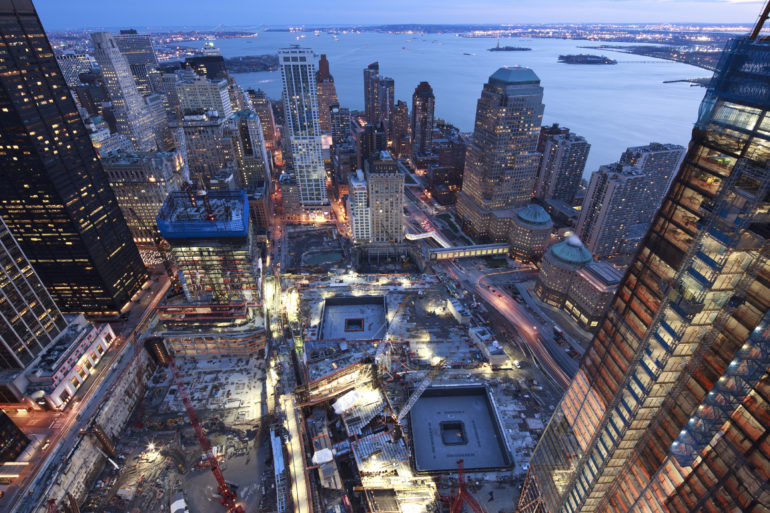
The process of what happened afterward is something National Geographic really worked on. “Wow, there are bodies buried under there,” Ira thought when he was assigned to document the cleanup process. He remembers that the government set up an infrastructure of roads to clear the place out. When a body was found, a ceremonial car had to take it to the morgue. Ira also worked on documenting the surrounding neighborhoods trying to come back after reeling from all that happened. Some of his most iconic work around the 9/11 tragedy involved documenting some of the most mentally shocking items.
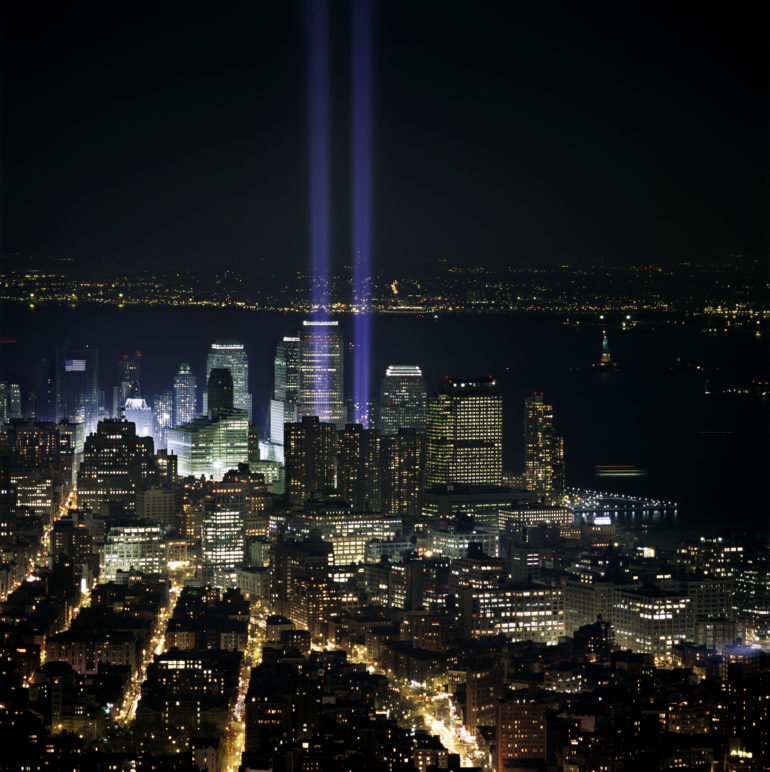
Documenting 9/11 Artifacts
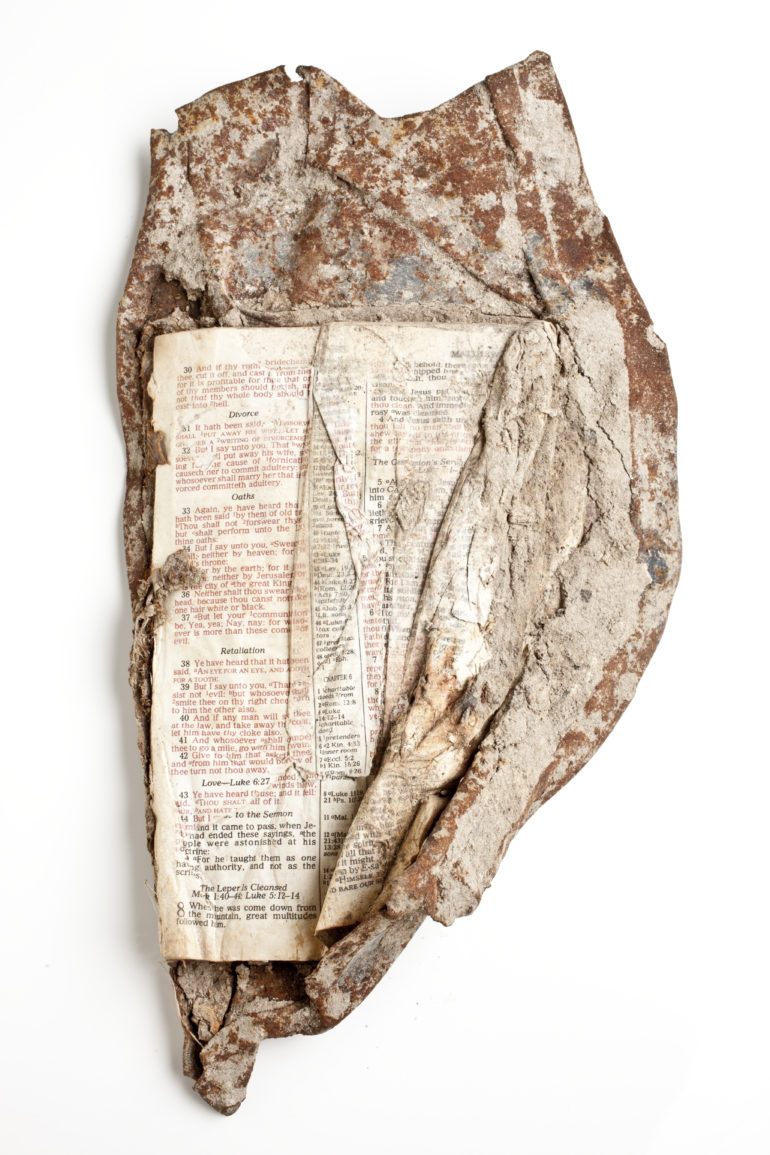
“That’s a window of one of the planes,” Ira explains to me as we go through images that he shot of items recovered from the 9/11 site. While going through them, he tells me that it’s easy to relate the objects to people. For example, the golf balls he photographed are because lots of people who were in the tower played golf. There’s also a Bible that was stuck in metal. For Ira, photographing the objects was a mechanical process after the emotions moved past him.
“When you first see the objects, you’re going ‘whoa.’ But once you start shooting, you have to become a professional,” relates Ira. He worked to get the lighting just right, and to do that he built a complicated studio setup. The objects tell their own stories, but the more difficult part was listening to stories people told.
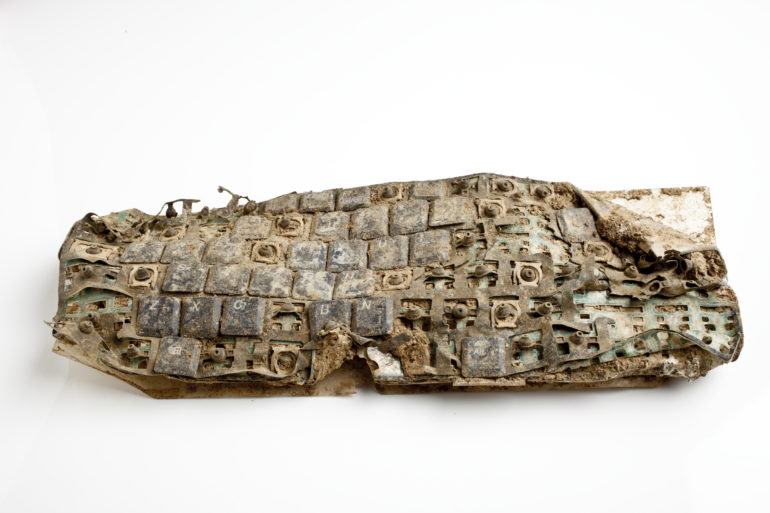
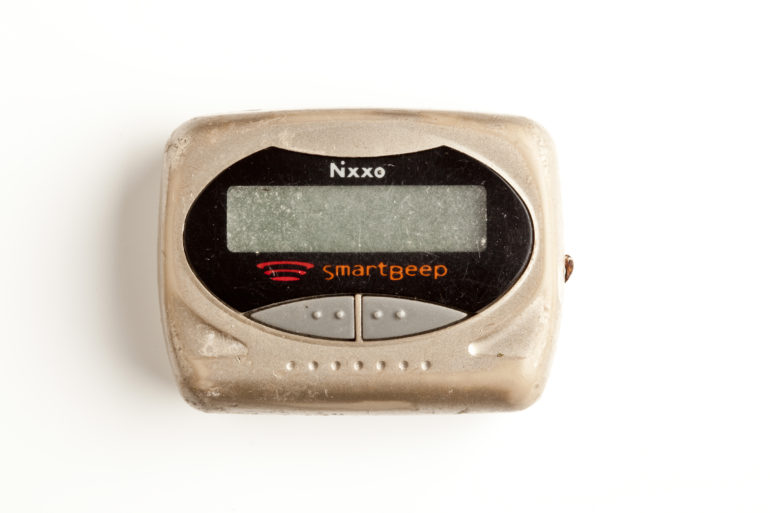
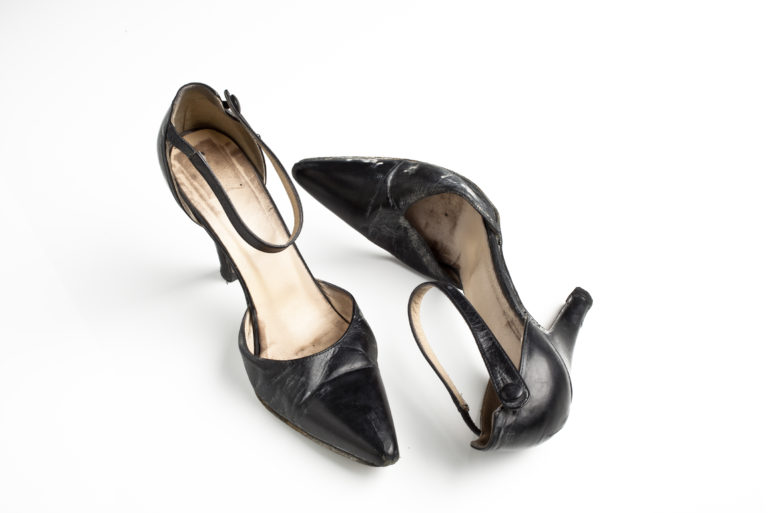
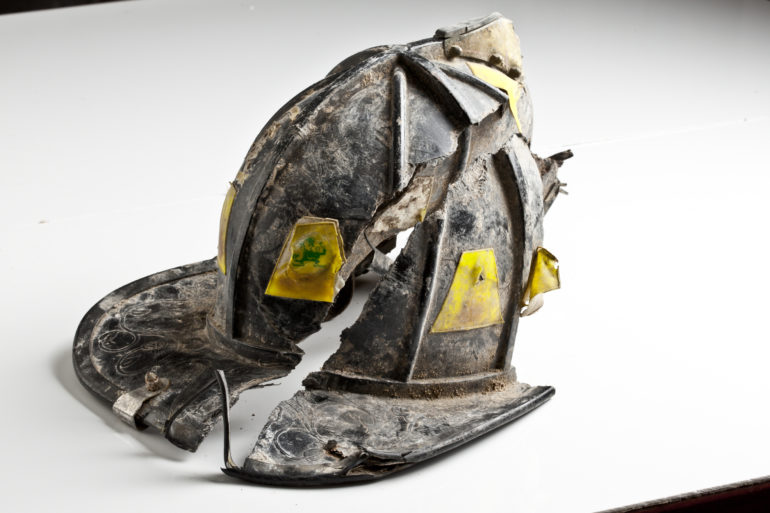
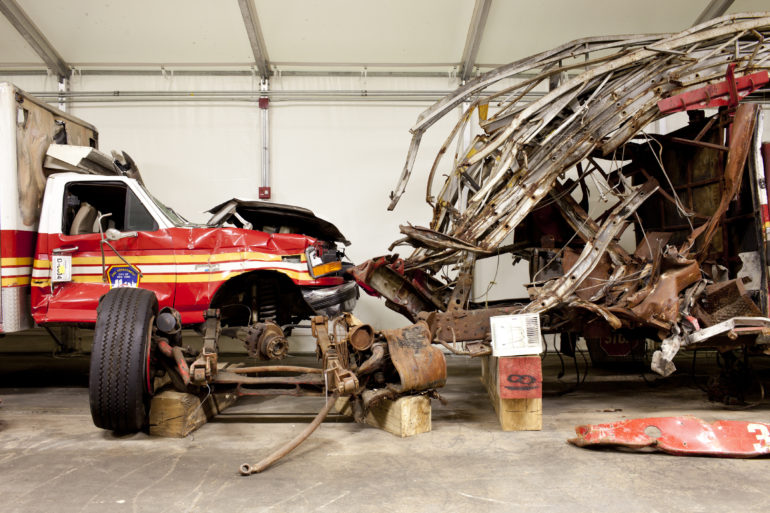
The Stories of the People
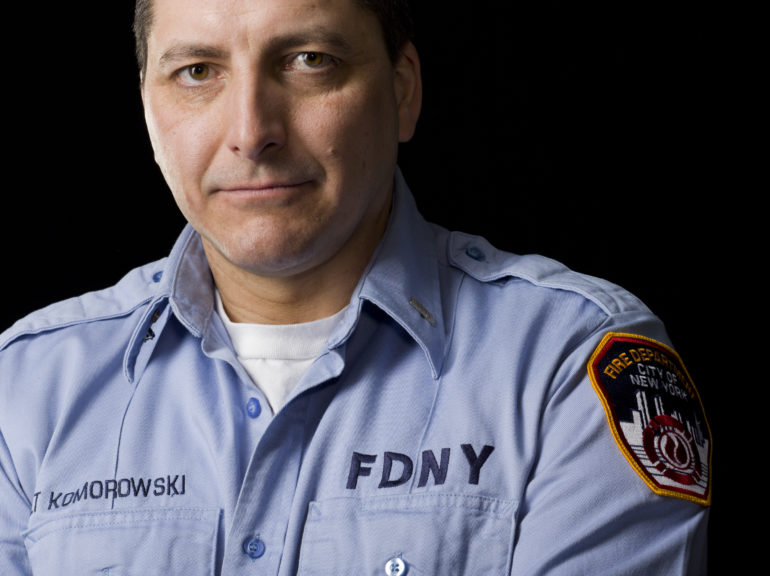
Beyond photographing the tangible memories of 9/11, Ira’s work also involved documenting survivors of the tragedy. A National Geographic writer asked questions and interviewed the folks while Ira photographed them at a later point. Ira also proposed his own questions. To get this look, Ira spent time setting up a strip light to get the specific lighting in his subject’s eyes. He cut off the tops of many of their heads so that we can get in closer to their faces. This one key light made things a bit simpler as he needed to photograph these folks on both black and white backgrounds. Ira gave prompts to get his subjects to look into the camera. one of the most telling stories is the one below:
“One of the most moving stories, when I was photographing survivors, was this firefighter. He was with a group of other firefighters heading down the stairs to get out of the building’. He and another buddy found some woman that was panicking. So they got her, and he sent the rest of his guys down before him so they could take this woman. The building collapsed while he was in it. But he was on the floor where all the air conditioning and mechanical stuff were. That floor was really reinforced because of all the mechanical stuff. He survived, but all his guys below him didn’t. He could hear them screaming. The force of the building collapsing and the air blew his helmet off of his head. Three or four months later they found it.” He brought the helmet in for Ira to photograph.
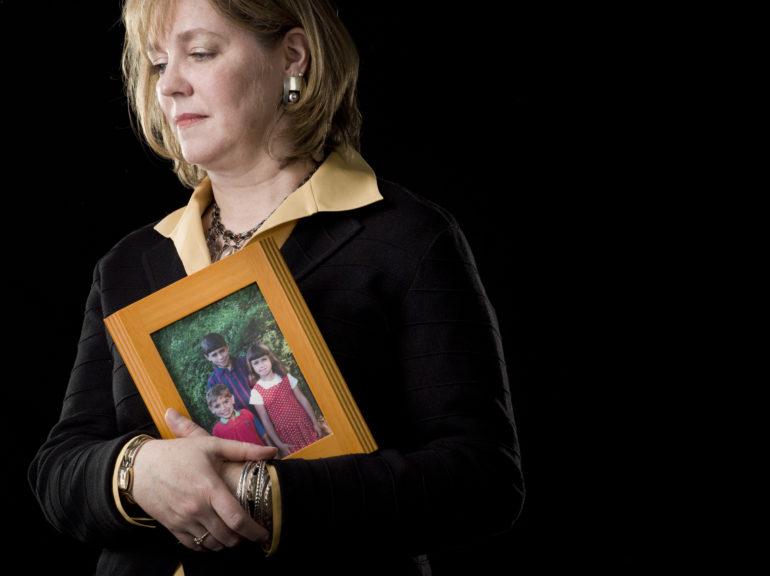
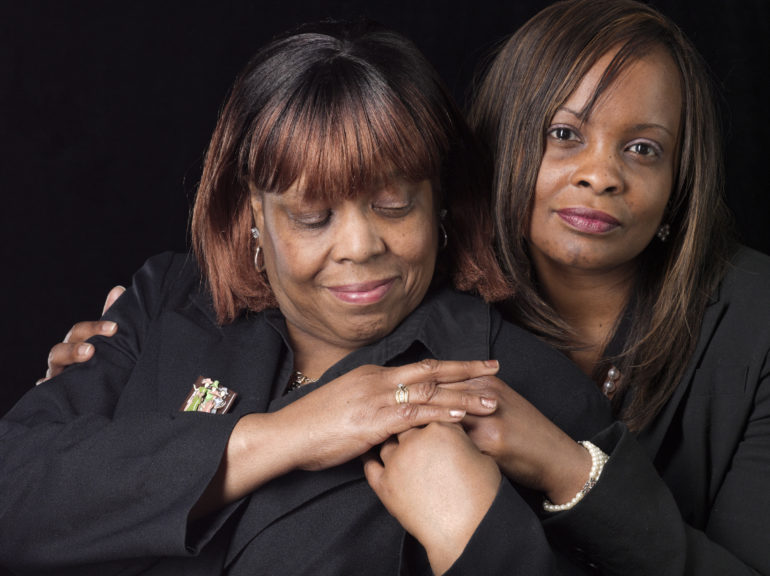
All images by Ira Block. Used with permission and licensing rights.


